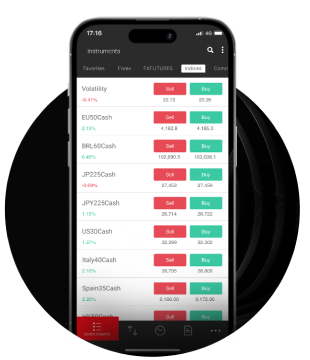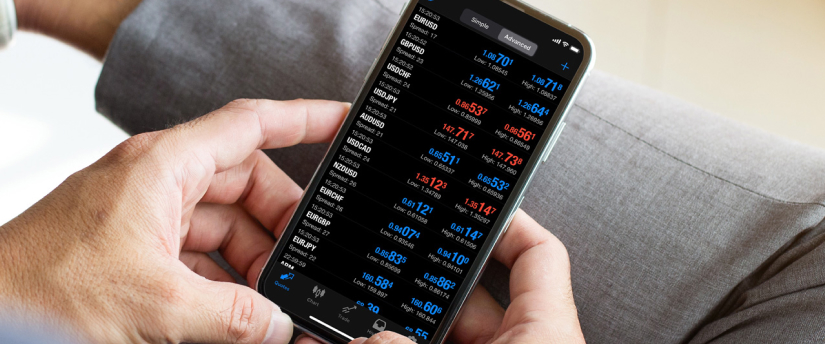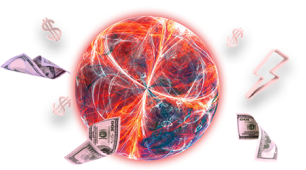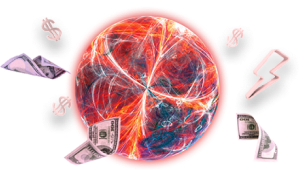The foreign exchange market (also known as forex or FX) provides an opportunity for people looking to become financially independent. Forex is the largest financial market in the world, operating 24 hours a day, five days a week, and has a daily trading volume of over $7.5 trillion. Due to the low entry barriers of forex, it is an attractive option for those looking to begin their trading path, diversify their sources of income or move towards building wealth over the long-term.
However, going from a beginner to a profitable trader requires education, discipline, and strategic planning. This guide will go through the essential steps to begin your forex trading journey, helping you reduce risks and increase potential returns.
What is forex trading? When you trade forex, you buy one currency and sell another one at the same time. Currencies are traded in pairs, such as GBP/JPY 或者 EUR/USD. The prices of currency pairs change constantly due to factors such as economic indicators, geopolitical events, and overall market sentiment.
These fluctuations provide traders with the opportunity to capitalise on short-term price movements.
Central banks, commercial banks, investment firms, hedge funds, multinational corporations, and retail traders (individual investors) are important market participants.
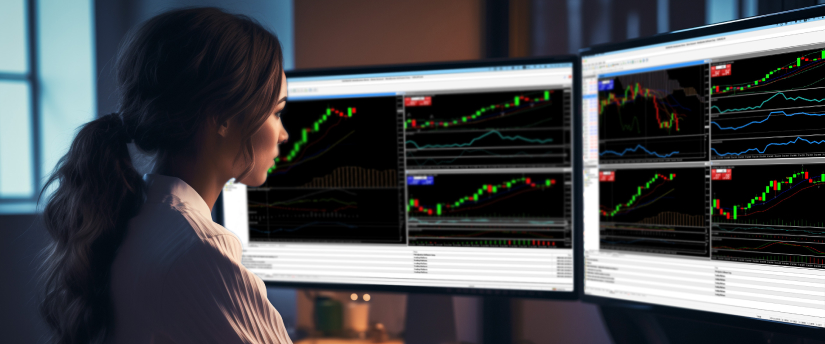
How to start forex trading
Educate yourself
The first thing is to learn the basics of the forex market. Don’t even think about trading real money until you know what a pip is, how leverage works, and what order types there are.
To gain practical experience, make use of free courses, webinars, eBooks,並且 demo accounts. Your knowledge is your most valuable asset.
Pick a trustworthy broker
Next up is the broker, who is your link to the forex market. Don’t just pick a random broker, but look for one who has low spreads and commission structures, a reliable trading platform with useful tools, learning resources, helpful customer support, negative balance protection and segregated client funds.
Try out a few brokers’ platforms and services, without risking real capital, by opening demo accounts with them.
Develop and test a trading strategy
You need a well-defined strategy that matches your financial goals, risk tolerance, and time availability in order to trade effectively.
A good strategy should include entry and exit criteria, position size, how to manage risk, time frames for analysis and execution, and which currency pairs you’ll focus on.
Test your strategy on a demo account first, and backtest it with historical data. This practice will help you in identifying what works and what requires improvement.
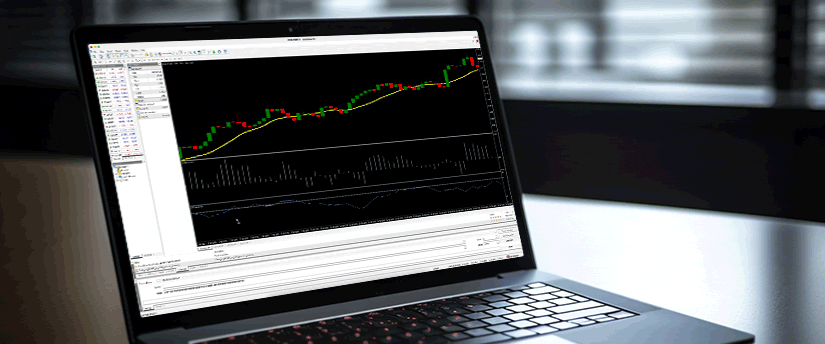
Become an expert in risk management
Risk management is one of the most important aspects of trading. You risk losing your account very quickly if you don’t manage your risk well.
Important risk management tips:
- Never risk more than 1-2% of your funds on a single trade.
- Leverage stop-loss orders to limit possible losses.
- Utilize tools like a pip calculator so you actually know what’s at stake.
- Use a position size calculator to standardise risk across different currency pairs.
- Think about your risk-to-reward ratio, which should beat least 1:2.
- Protecting your capital should be your top priority, especially in the beginning.
Create a trading plan and keep a journal
Write down your goals in your trading plan. This will help you stay focused and disciplined. Your plan should include the markets and time frames, risk limits for each trade, trading strategies, and how you’ll track and review your performance.
Keep a detailed trading journal to record every right trade. Include entry and exit points, rationale for your decisions, and lessons learned. This practice helps you learn faster.
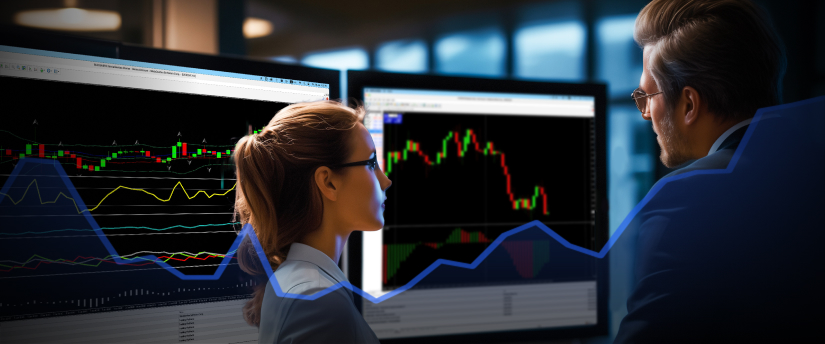
Essential tools for forex trading
Technical analysis tools
Various technical indicators and chart patterns can help you find potential trading opportunities. Some helpful technical analysis tools include moving averages, relative strength index (RSI), MACD (Moving Average Convergence Divergence), Fibonacci retracement levels, and support and resistance zones.
These tools are useful, but they work best when combined with a solid strategy and good risk management.
基本面分析
Stay informed on news and events that affect the market. Fundamental analysis helps you understand why prices move. Economic calendars, central bank statements and policy decisions, geopolitical news, and industry reports are important sources.
Risk management calculators
Using the right calculators can help you manage risk more accurately:
Forex pip calculator
This tool calculates the value of a pip (the smallest price movement) for the specific position size and currency pair.
Understanding pip value helps you understand how much you might gain or lose before placing a trade.
Most platforms have built-in pip calculators, but independent versions are also available online for planning.
Position size calculator
Perhaps the most important risk management tool, this calculator calculates the appropriate lot size based on account currency, currency pair, risk tolerance, and stop-loss level.
Even when volatility or pip values vary, using this calculator guarantees that you risk the same amount across several currency pairs.
Growing your trading account steadily
Start with enough capital
Even though you can start forex trading with relatively small amounts, inadequate funds can cause you to make poor decisions.
If you’re trading micro-lots, a starting balance of $500-1,000 is reasonable, but $2,000 – $5,000 gives you greater flexibility to deal with market swings.
Set realistic expectations
Forex is not a get-rich-quick scheme. Setting unrealistic goals often results in disappointment. Aim for:
Consistent monthly returns of 1-2% at first.
Improving your strategy and discipline, instead of focusing on profit targets.
Accepting losses and drawdowns as a normal part of trading.
Patience – professional development can take months or even years
Common pitfalls to avoid
Overtrading
Overtrading can result in poor trading performance and the loss of possible profits. In addition to increasing transaction costs, it often leads to impulsive decisions that could break your trading strategy.
Overtrading may be driven by boredom, FOMO (fear of missing out), anxiety or stress. To avoid it, maintaining emotional control and a disciplined mindset is essential.
Emotional decision-making
Trading can be quite stressful and may trigger a range of emotions such as fear, overconfidence, and greed. These emotions often cloud judgment and lead to impulsive, irrational decisions. Traders must maintain discipline and stick to their trading plan, regardless of market swings or emotional highs and lows.
Lack of education
Trading requires continuous learning. Many beginners start trading without understanding how the markets work.
This lack of knowledge frequently results in impulsive decisions and financial losses. Staying informed helps traders keep up with market trends, new strategies, and technological advancements.
The markets are constantly shifting, and those who don’t adapt risk falling behind and missing out on valuable opportunities.
Conclusion
Success in forex trading doesn’t happen overnight. The most prosperous traders treat it like a business, which calls for startup capital, ongoing education, regular performance evaluation, strategy improvement, and a long-term mindset.
By prioritising risk management, using helpful tools, staying disciplined, and committing to continuous improvement, you can build a solid foundation for making money over time.
Not every trader becomes profitable, but those who do typically share these traits. Remember that forex trading is a skill that takes time to develop.
With patience, persistence, and proper preparation, the market offers significant opportunities for those who take it seriously.
Start small, aim for consistency, and give yourself time to learn. Your path toward financial independence begins not with your first trade, but with your commitment to becoming a knowledgeable and disciplined trader.
DISCLAIMER: This information is not considered as investment advice or an investment recommendation, but is instead a marketing communication.
